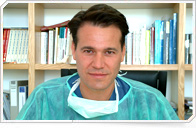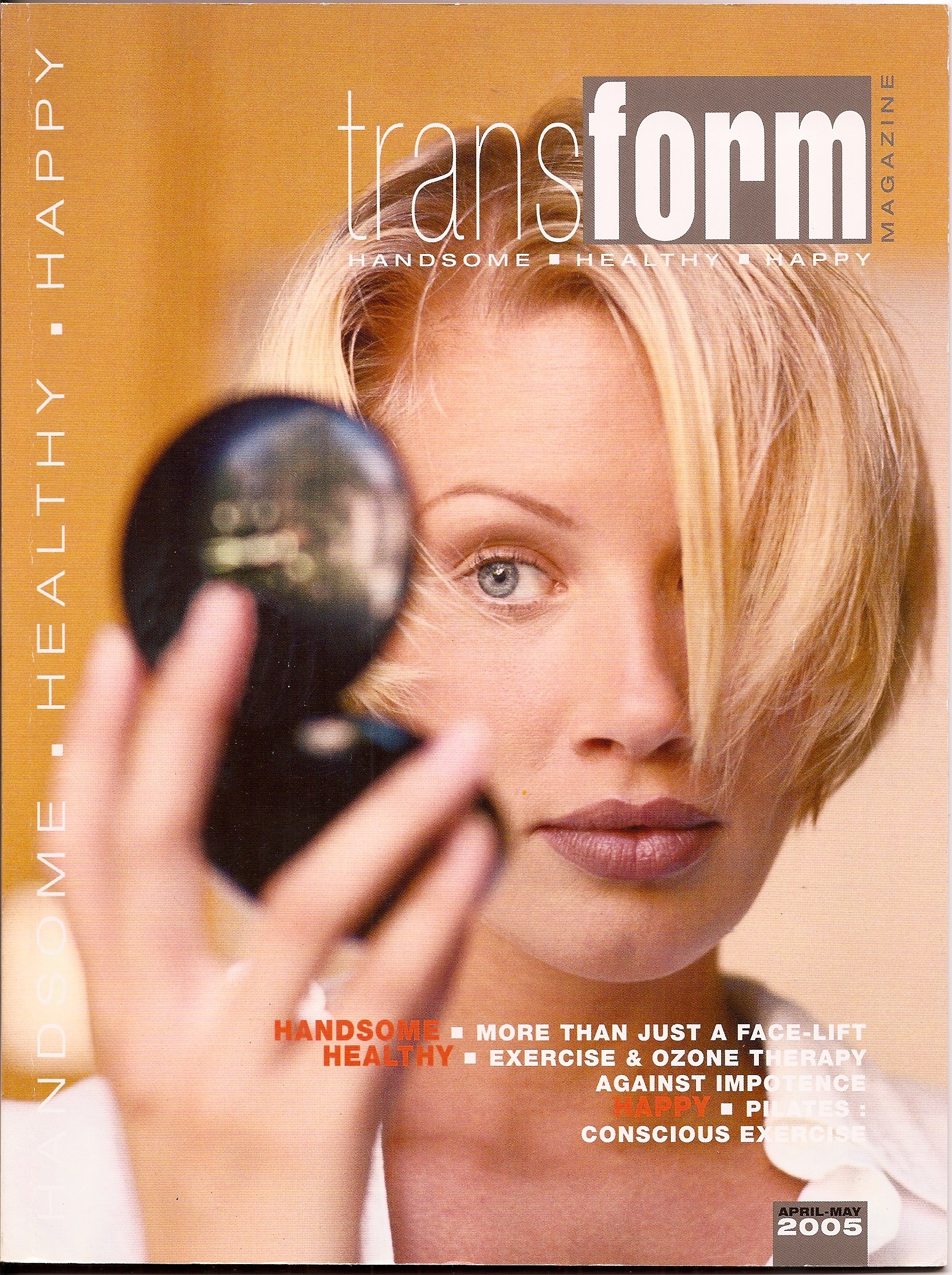TRANSFORM MAGAZINE. Editor: Pier (pierjean) ALBRECHT

Transform Magazine nº 1. Dr Pierjean (Pier) Albrecht: More than a facelift
Pierjean (pier) Albrecht, Marbella Clinic: More than a facelift. Transform Magazine nº1Â
CLICK ON IMAGE TO SEE ARTICLE
MORE THAN JUST A FACE-LIFT – Pierjean Albrecht – Marbella Clinic
For Dr Pierjean Albrecht, founder of Marbella Clinic, the most recent advances in lifting involve various techniques and work on the different layers of the skin, achieving results with a more natural effect
For several decades now, and even as far back as the nineteenth century, surgeons have attempted to correct the effects of ageing by lifting the skin on the face. All kinds of techniques have been employed, with early attempts resulting in visible scars right in the middle of the forehead or the temples, and later attempts more successfully hiding the scars in the hair or in front of the ears. The idea was to re-stretch the skin which progressively loses its elasticity, not from top to bottom in line with gravity, but at an angle from the chin to the ears, and from the eyes to the temples, dividing the face into three horizontal segments: The neck and jaw, the cheeks and eyes, and the temples and forehead, says Dr. Albrecht
THE REJUVENATING EFFECTS OF THESE FACE-LIFTS UNFORTUNATELY DID NOT YIELD LONG LASTING RESULTS, WHICH MEANT that surgeons had to operate three or four times on the same patients over a period of twenty years. The Surgical look or cat look, in other words the expressionless mask-like appearance that resulted from these operations, was indeed free from wrinkles and taut, but was rather unattractive and unnatural looking.
Pierjean Albrecht, form Marbella Clinic, remembers that it wasn’t until 1992 that surgeons in France hit upon the idea of associating the skin’s elasticity with the tension of fat and tissue, which cover facial muscles.
Whilst this produced more durable results, surgery was still carried out at an angle, so that after the second or third face-lift, the effect was increasingly less natural.
We have to thank a few plastic surgeons for a new approach, which consists in recognising that the skin loses its elasticity in line with gravity, i.e. vertically, and that it is therefore preferable to divide the face into three vertical rather than horizontal segments. You can observe how the central segment of the nose and chin, and the outer segment close to the ears, wrinkles but does not sag, says Dr Albrecht.
Only the skin on the cheeks and lower cheeks drops, in a similar way to the breast area. The new technique consists in lifting vertically the whole lower cheek-cheek-eyelid-eyebrow-forehead area, which enables these parts of the face to be repositioned where they were twenty years earlier. The position of and distance between each facial element is respected, which enables a totally natural look to be achieved.
To complement this new approach, I also offer patients the option of stretching the neck and jaw tissues, replacing the cut, which is visible in front of the ear lobe and is hidden behind the outer ear. Nowadays we are therefore able to offer a natural looking remodelling of the face, as long as the first face-lift is not left until too late to be performed, before the skin loses its elasticity.
Finally, Pierjean Albrecht, from Marbella Clinic, says it is important to point out that face-lifts affect the skin and the muscles, but do not change the quality of the skin or the volume. In order to obtain better results, it is advisable to use a gentle facemask called microdermabrasion and to restructure the skin by fat injection in the areas, which lack flesh, and/or semipermanent or permanent products to smooth out wrinkles.
In short, the new approach to face-lifts provides natural results, by combining techniques, and by working on several levels of tissue – the surface of the skin, the skin and the hypodermic levels of the skin – as well as by focussing on tissues and muscles.

